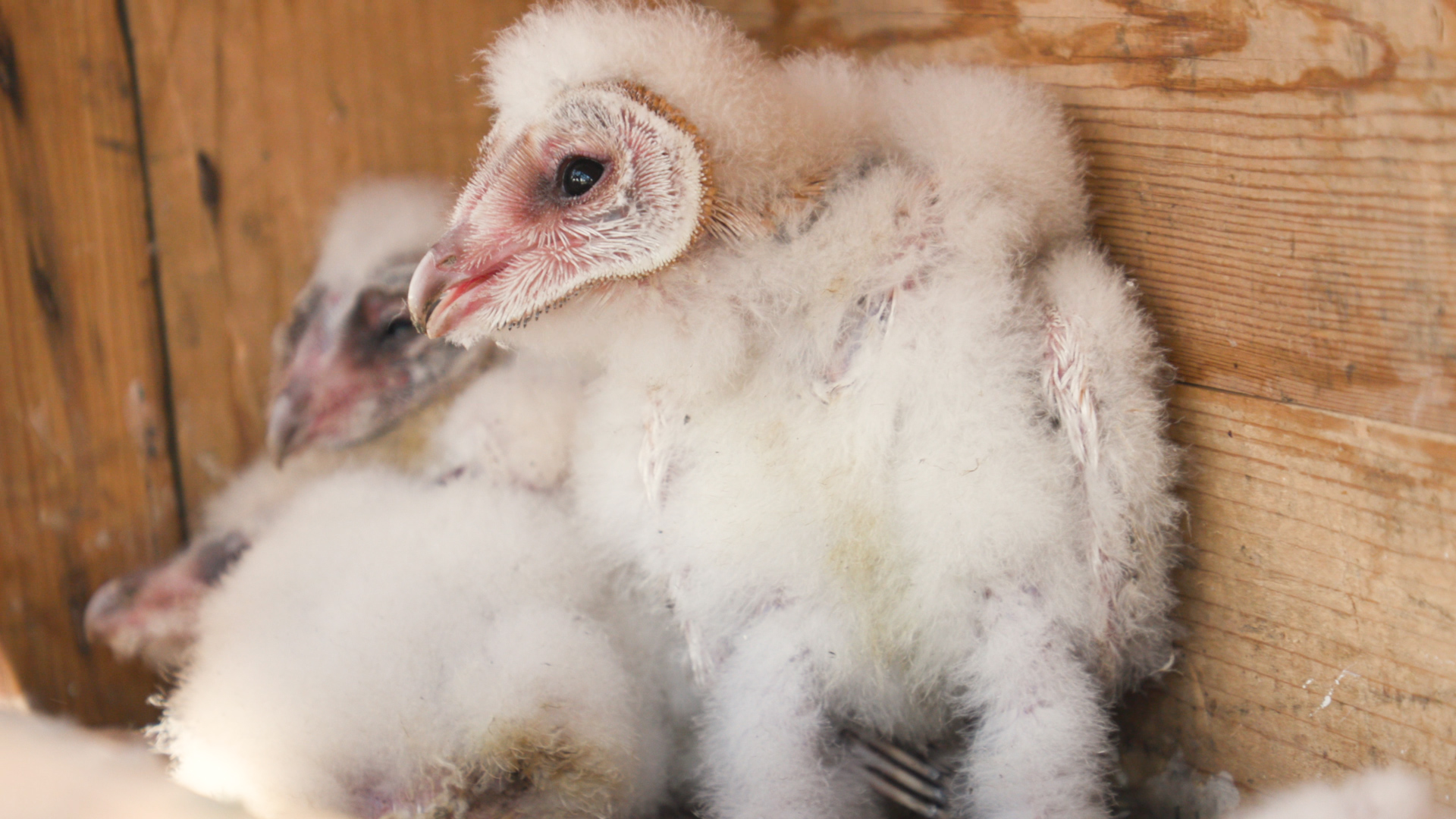Deneia is a place where time stands still. A humble settlement in Cyprus, left behind by its youth a long time ago. A small community of elders remains, maintaining its properties and consolidating leftover relationships with family and friends.
Initially, Deneia may seem insignificant. Yet, as a wildlife filmmaker, I found myself magnetically drawn to this little village. Having maintained regular contact with its scientists and the village council in the past, I came to learn about their unique approach to combating a rodent infestation.
Inspired by its perseverance and forward-thinking community, I wanted to tell the story of its innovative process overcome hardship. To shine a light on the human-wildlife solutions that are being implemented in this small village. This is how my documentary project began.
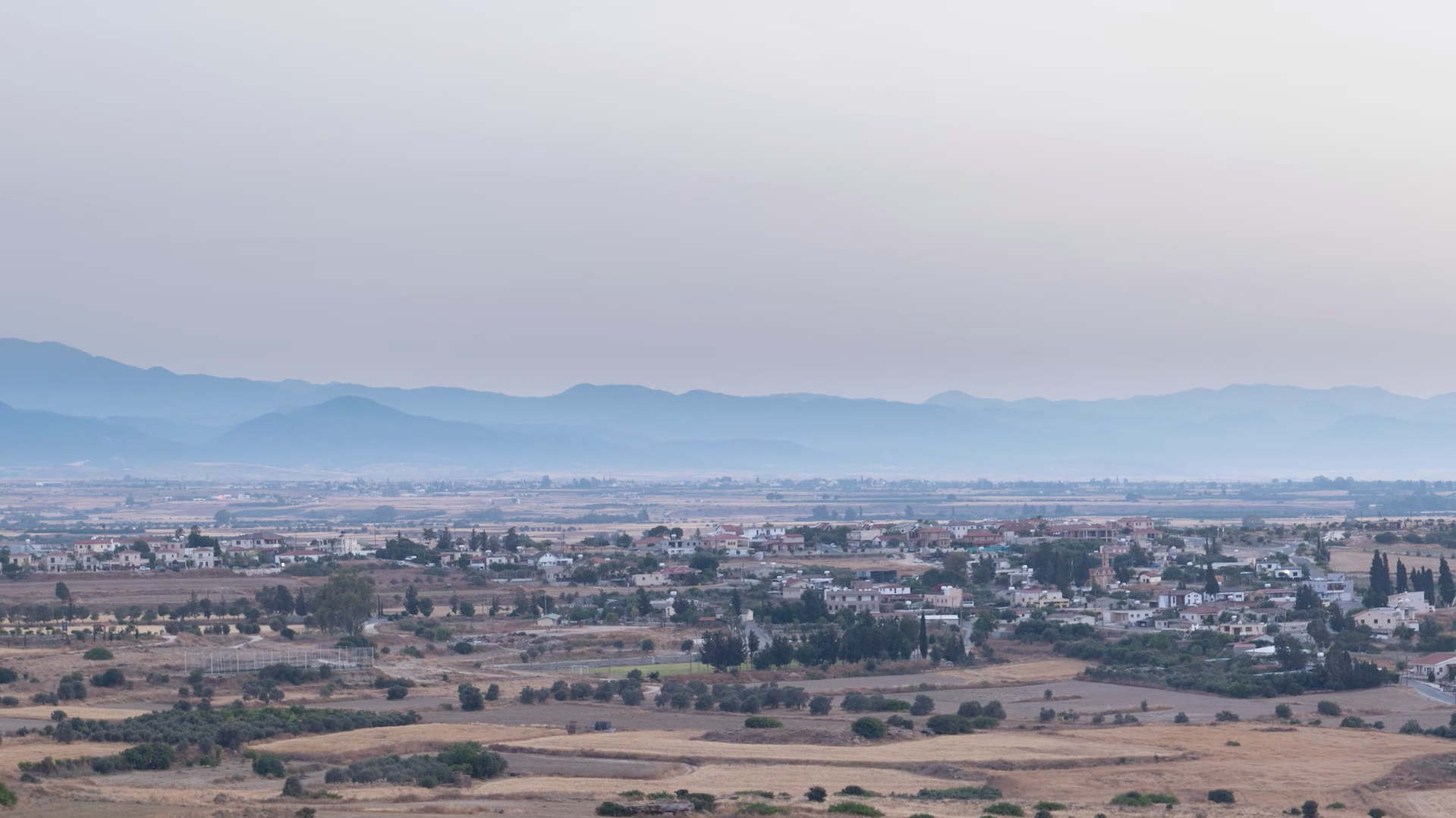
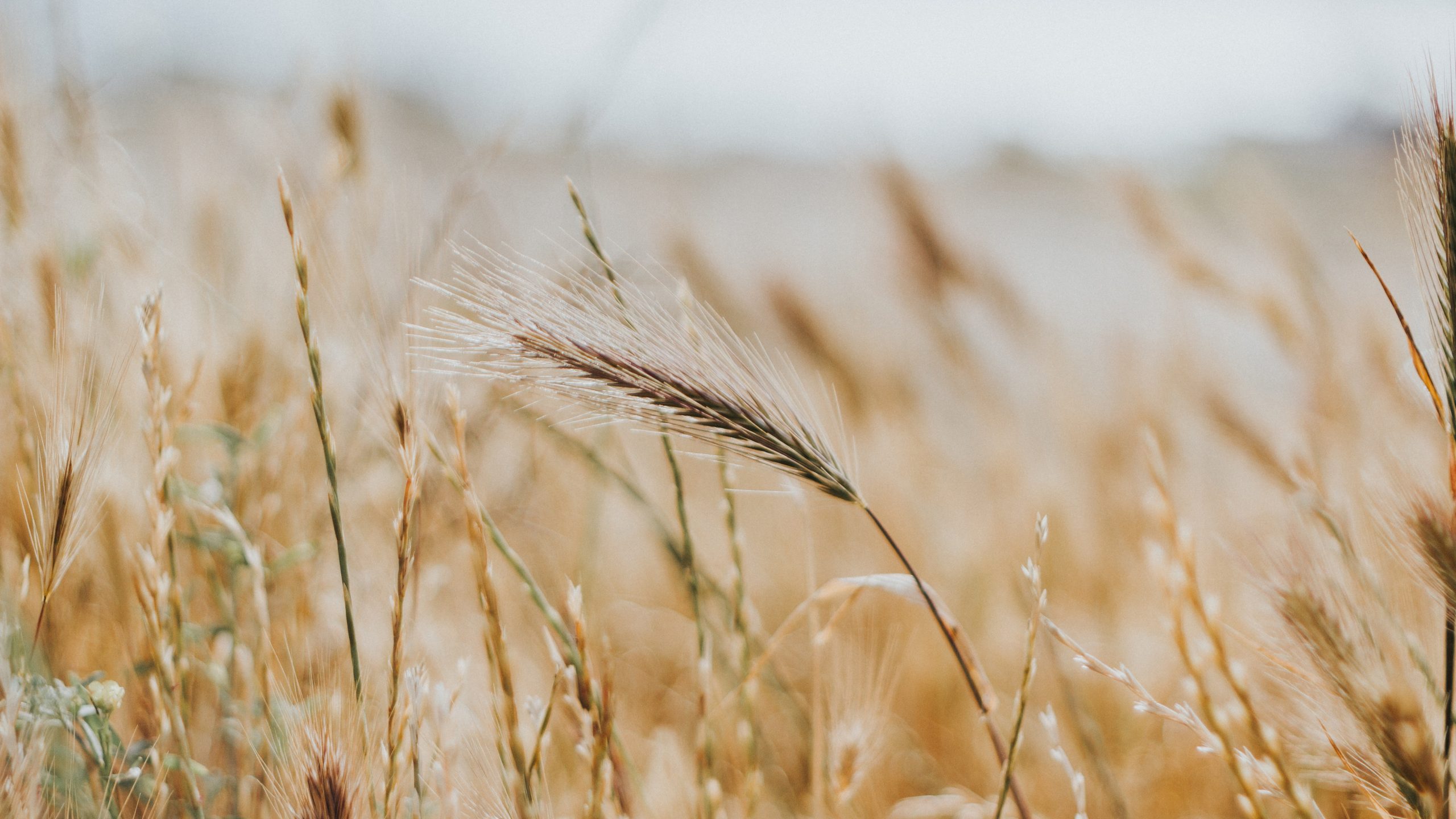
IMAGES: Deneia is a humble settlement, a very small community mostly left behind by its youth, as the elders look after the only properties they have and maintain their relationships with friends and family that remain. | © Constantinos Christou (left) and Ali Jafarov (right)
Life in the Buffer Zone
Ever since Turkey’s invasion of Cyprus in the summer of 1974, Deneia has been colored by conflict. One of four villages in the so-called “buffer zone”, its community is settled in a neutral, demilitarized area, patrolled by the United Nations Peacekeeping Force. While the northern part of Cyprus remains occupied by Turkish Cypriots, the southern part is administered by the Greeks.
Life could have been different in Deneia. Yet, opportunities for expansion and development remain minimal. Villages in the buffer zone are heavily regulated. An imminent threat of friction lingers in the air. Afflicted by a lack of freedom, left behind to the ageing population. Yet, the perseverance of the people in this small village prevails.
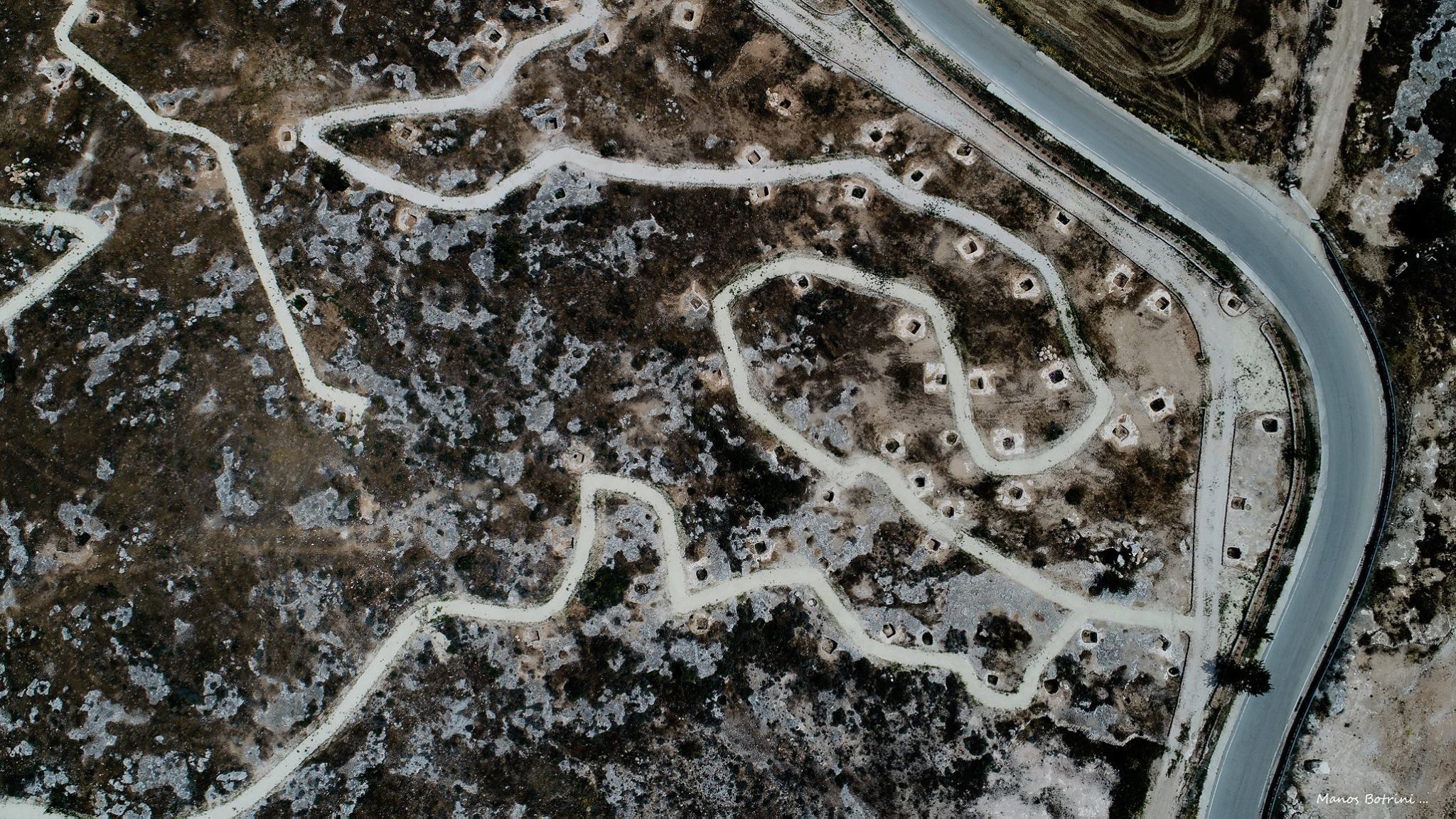
IMAGE: Because of the numerous exposed tombs in an archeological gravesite near the village, a population of rodents steadily multiplied in the area, feeding on the neighboring fields tended to by the villagers of Deneia. | © Manos Botrini
Wildlife Conflicts in the Village
Besides combating its conflicted history, the community of Deneia suffered another hardship. Archaeological grave sites lining the outskirts of the village provided ideal breeding grounds for rodents. Multiplying in the exposed tombs, the rodents fed on neighbouring fields tended by Deneia’s villagers.
The issue grew exponentially, as did the rodents. The latter made it increasingly challenging for the locals to regulate and counter the damage caused. A desperate situation, with no simple solution. The harmful impact on humans and the environment alike disqualified rodenticides as a viable option. A radically different approach had to be taken, to simultaneously regulate rodent populations and preserve the environment.
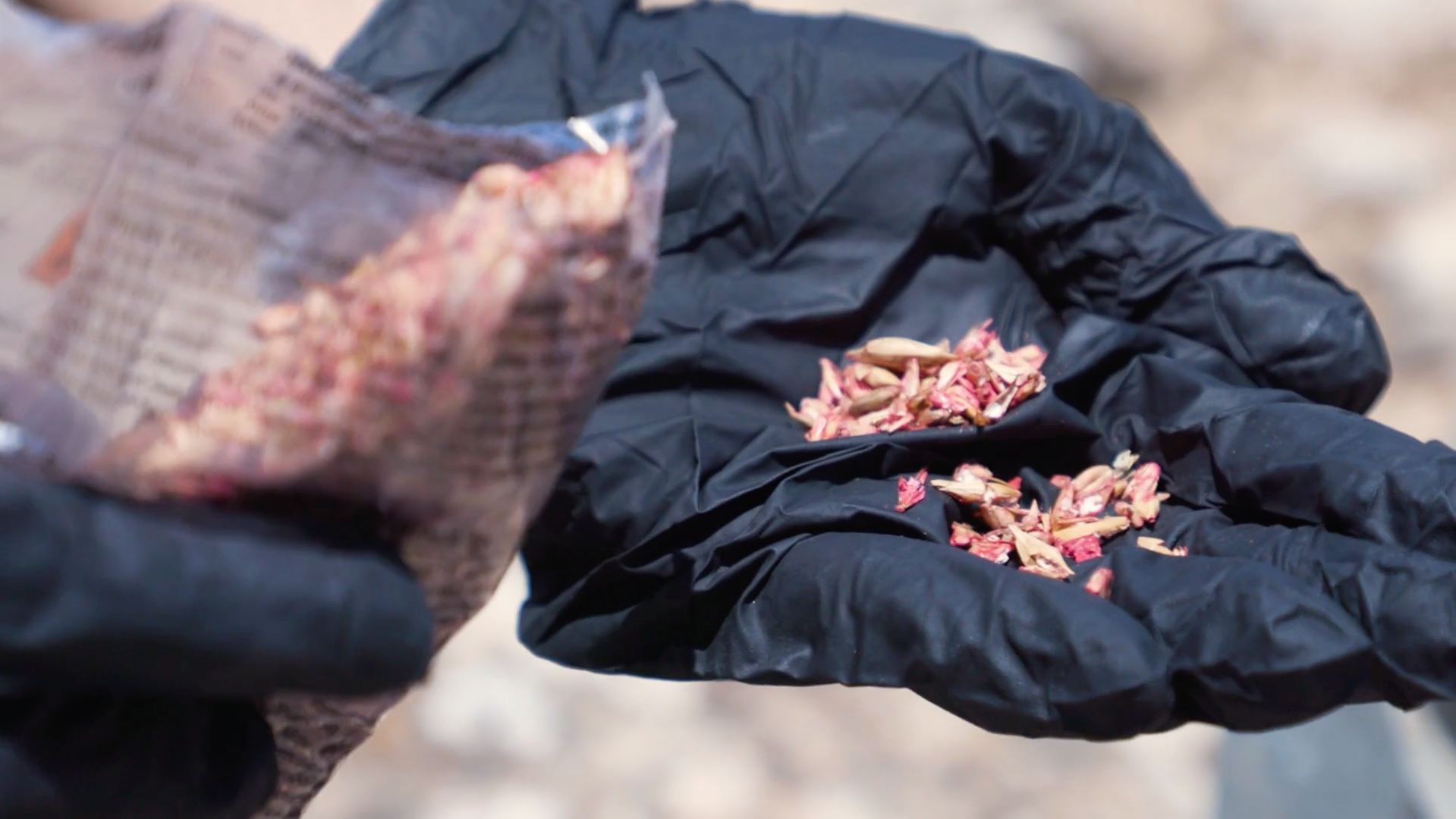
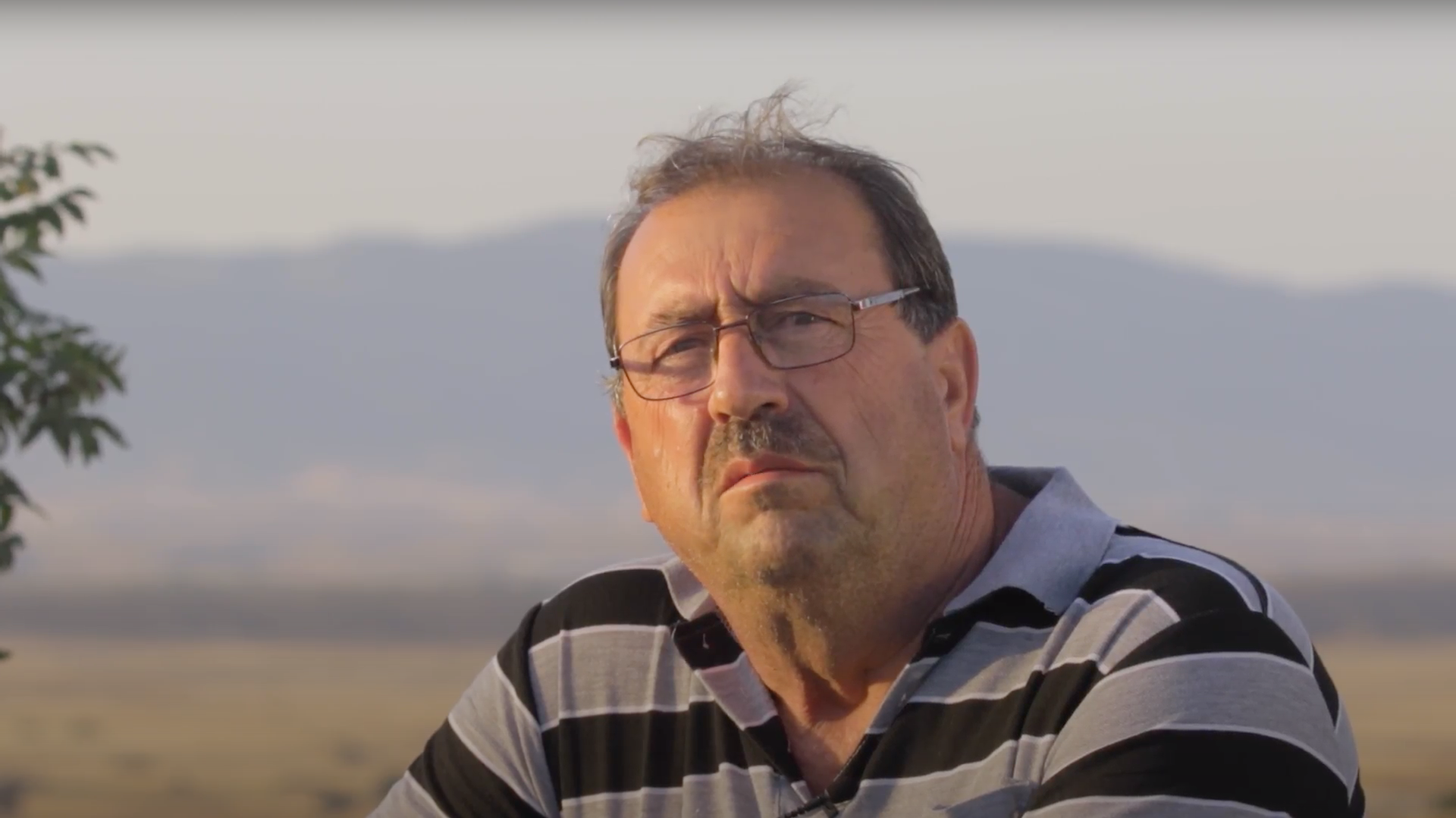
IMAGES: Rodenticides had been utilized in the past; however, they are extremely harmful towards the environment. They disrupt the food chain and will ultimately affect human life. With the introduction of barn owls, the community was able to completely phase out the use of all pesticides. | © Constantino Christou
A Radical Approach
The need for change in Deneia was inevitable. The community required an urgent and sustainable solution. This is when my path crossed with community council president, Christakis Panayiotou and biologist, Haris Nicolaou. Determined to implement an effective solution, they exhaustively investigated the issue. Their aim was to enrich Deneia’s habitat without imposing undesirable consequences on its environment.
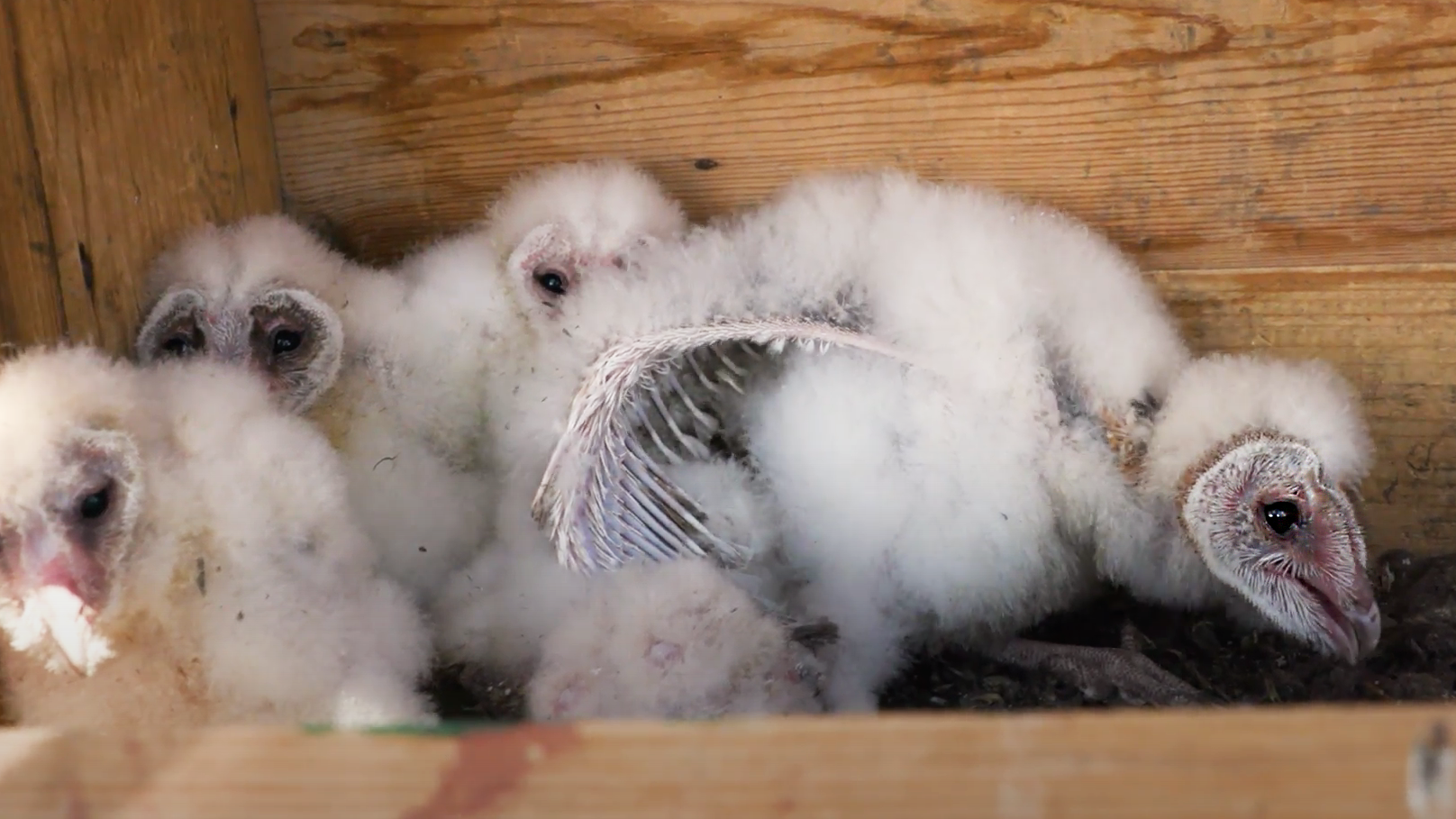
Benefits of Barn Owls
In Cyprus, barn owls are one of the five types of owls recorded on the island. As a nocturnal predator, a pair of barn owls may feed on up to 6,000 rodents per year. Implementing surveillance cameras, we noted that a pair of barn owls sustains their young with about 25 rodents per night. Based on these observations, their integration in the community was encouraged. Since the species feeds almost exclusively on rodents, there were no additional threats to the ecosystem.
With the introduction of barn owls, the community was able to completely phase out the use of all pesticides. Given the outstanding results, this program was recommended to neighboring communities, enabling the barn owls to spread to nearby areas.
Besides benefitting the rodent issue, I was also fortunate to witness the connection that the community established with the barn owls. During my time in Deneia, a fire erupted in a field, growing stronger by the second. A tree housing a barn owl nest caught fire. Its feathered inhabitants were grave risk, as the flames swallowed the branches. The villagers and fire department tenaciously contended the fire. Ultimately, the fire was extinguished and the barn owls remained unscathed. A heartwarming illustration of how the community continues to give back.
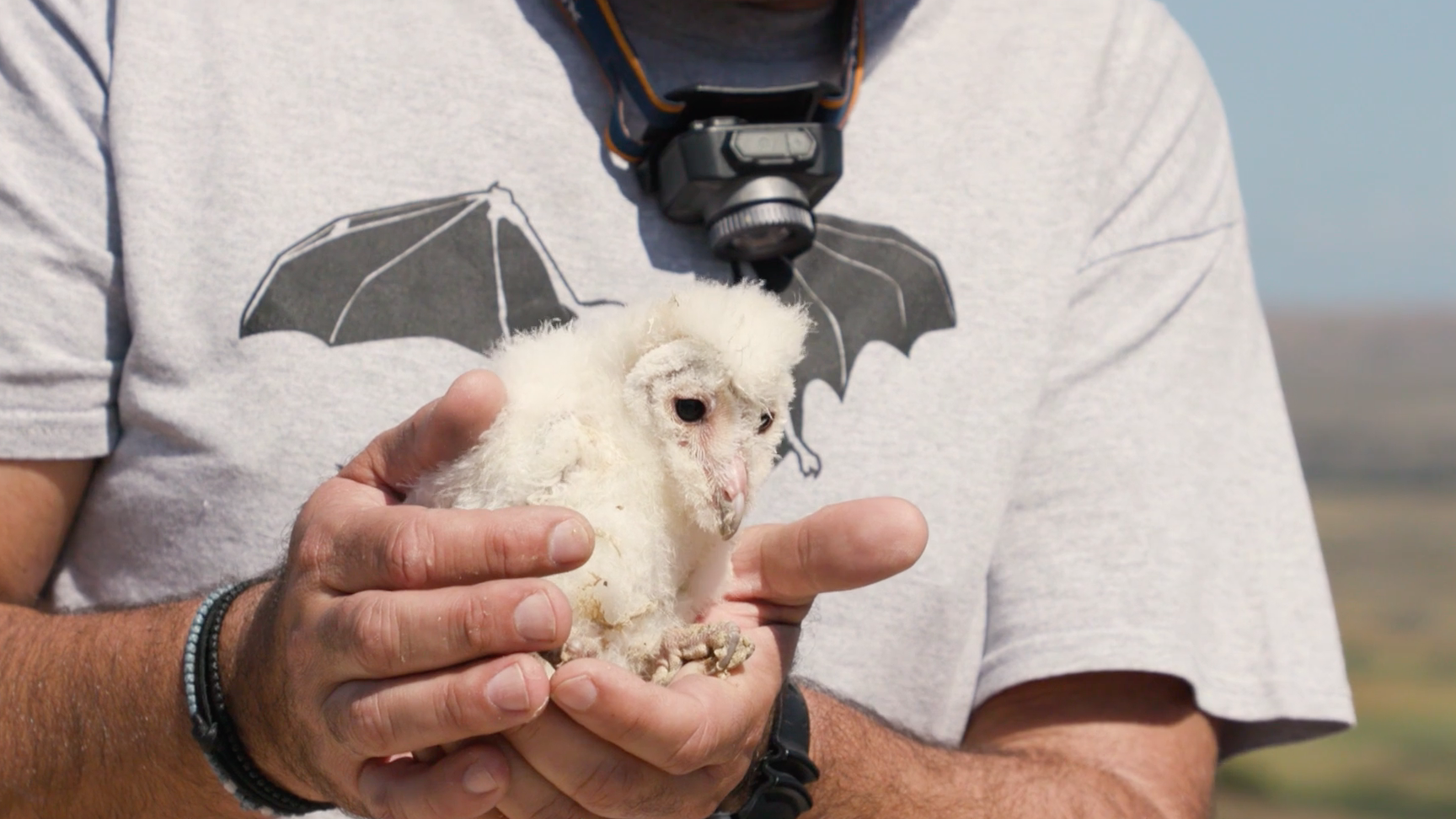
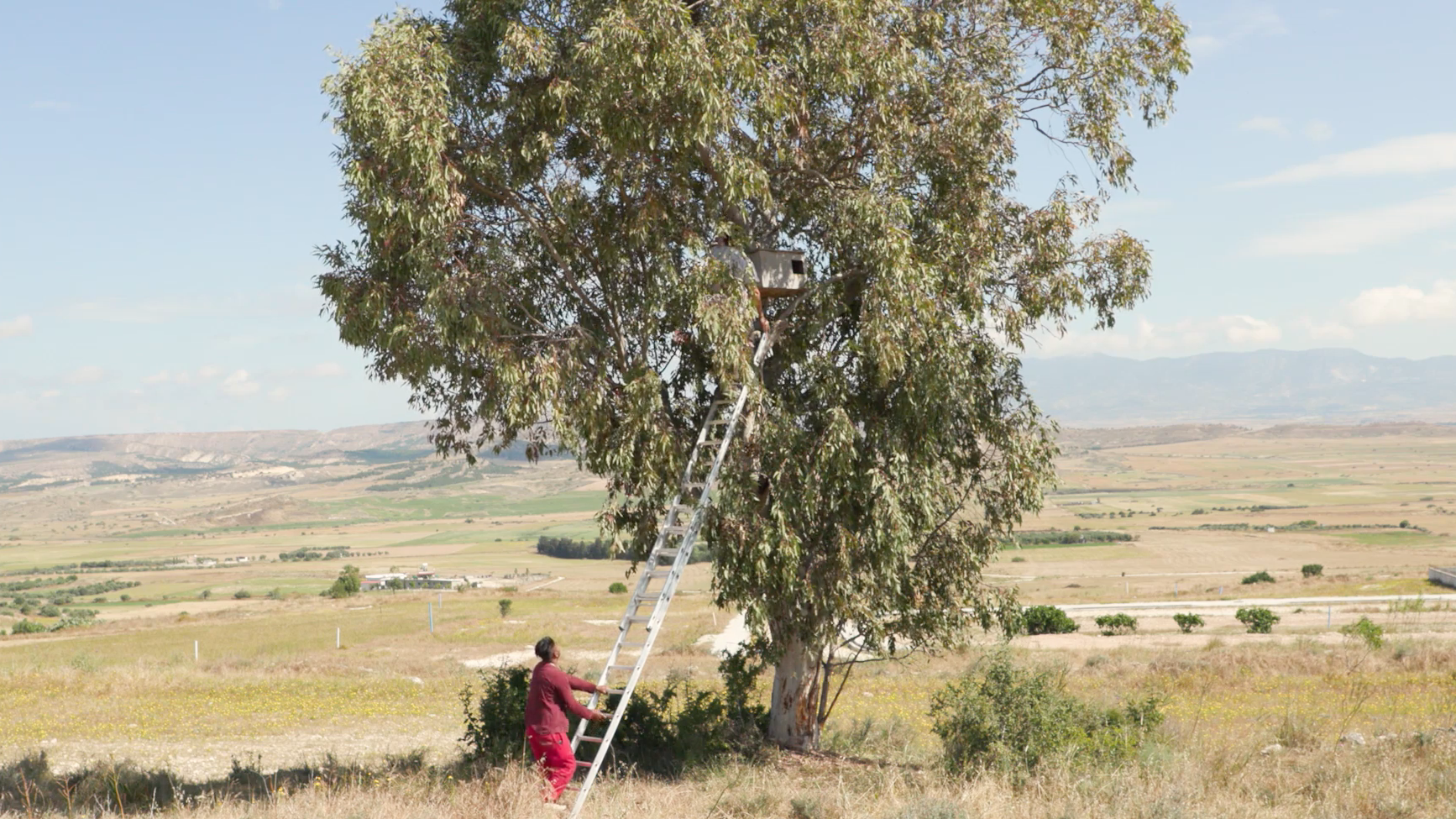
IMAGES: Given the outstanding results, Mr. Panayiotou reached out and recommended this program to neighboring communities, enabling the barn owls to spread to nearby areas. | © Constantinos Christou
A Valuable Lesson
I am grateful for the opportunity to immerse myself in Deneia’s community. To closely follow their mission, regulating the rodent population via a balanced and considerate approach. My hope is to inspire communities around the world, by representing the village and its subjects authentically.
In highlighting the struggles of the community in Deneia, I strive to influence individuals to seek alternatives when dealing with similar conservation challenges. To implement sustainable solutions, which allow both the flora and fauna to thrive.
The most valuable takeaway from my time in Deneia are the people I encountered. The relationships that we formed and the new knowledge I acquired will stay with me forever. Our co-existence with nature is the greatest gift that we have been given. That is why it is more important than ever to work alongside it, rather than against it.
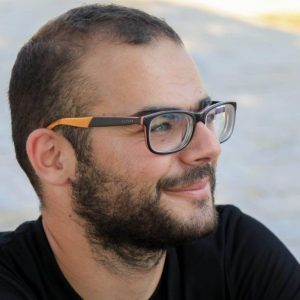
Written by
Constantinos Christou
Constantinos Christou is a Film graduate of Plymouth College of Art, working on productions of multiple scales around the globe. His initiative to select various filmmaking projects is to maintain his engagement with industry professionals, as well as the indie sphere simultaneously. Constantinos believes that there is no single avenue to finding exciting and fulfilling projects. Therefore, he keeps himself open to all opportunities, no matter where they come from.
Based in Cyprus | www.constantinoschristou.com
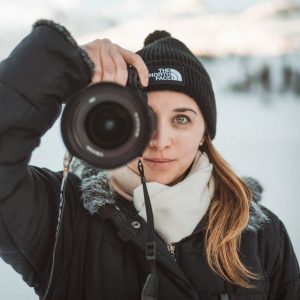
Edited by
Lana Tannir
Lana Tannir is the founder and editor-in-chief of Creatives for Conservation. A professional landscape and wildlife filmmaker and photographer, she specializes in nature conservation and animal welfare projects. Through her stories, she strives to promote global change by raising awareness, advancing education and inspiring people to act.
Based in Germany | www.lana-tannir.com.com
Join the Journey
Subscribe to receive more stories about nature and wildlife conservation.
Discover Our Stories
Explore more inspiring stories written by our creative conservationists.
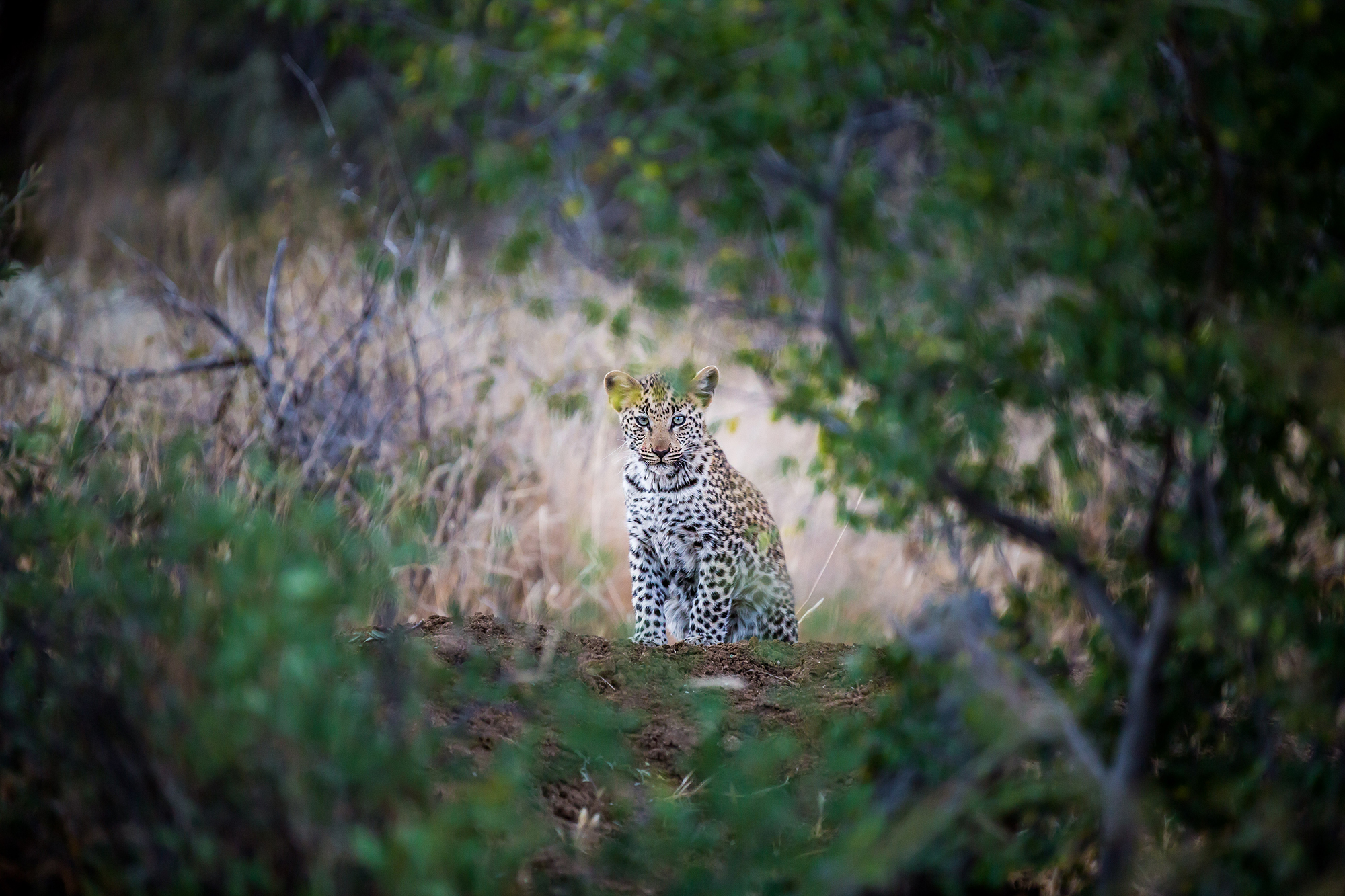
Wildlife Conservation in Namibia
The majority of African species are under threat of extinction. The human-wildlife conflict, illegal poaching and trafficking, as well as lack of education are just some of the causes. Nature photographer, Romain Charrier explores the challenges of big cat conservation, as he embarks on a journey to Namibia in collaboration with the AfriCat Foundation.

The Darkest Hour
Conservation storyteller and alpinist, Luca Fontana, explores the disappearance of glaciers on his most beloved mountains. Shining a light on climate change, he illustrates that there is still hope to make a difference through immediate and collective action.
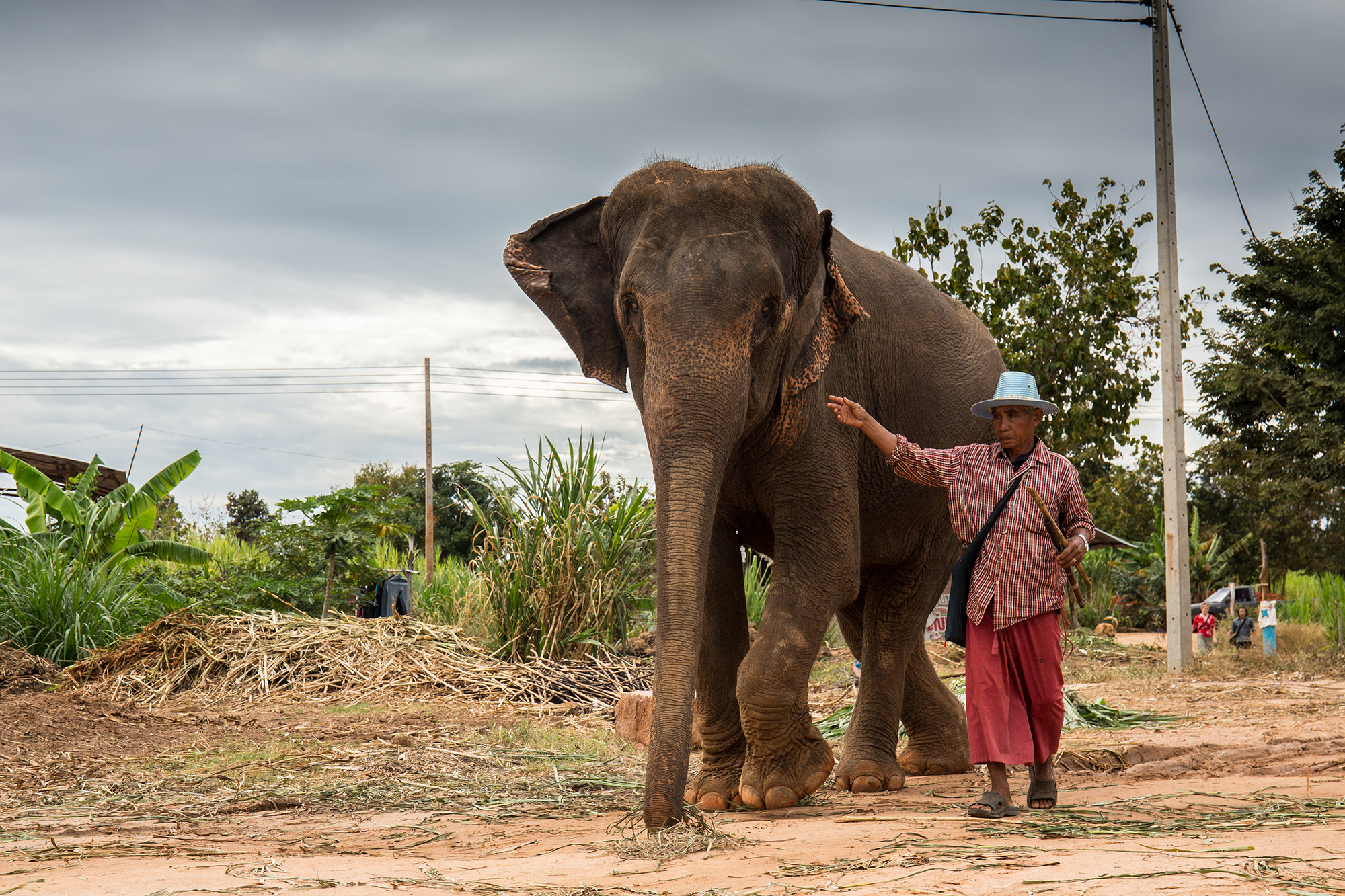
The Surin Project
The Surin Project is a non-profit organization in Thailand. Its main objective is to provide aid to captive elephants in Surin and establish alternative sources of income for the community. Conservation photographer Déa Starlling explores the challenges in Thailand and dives into potential solutions.
